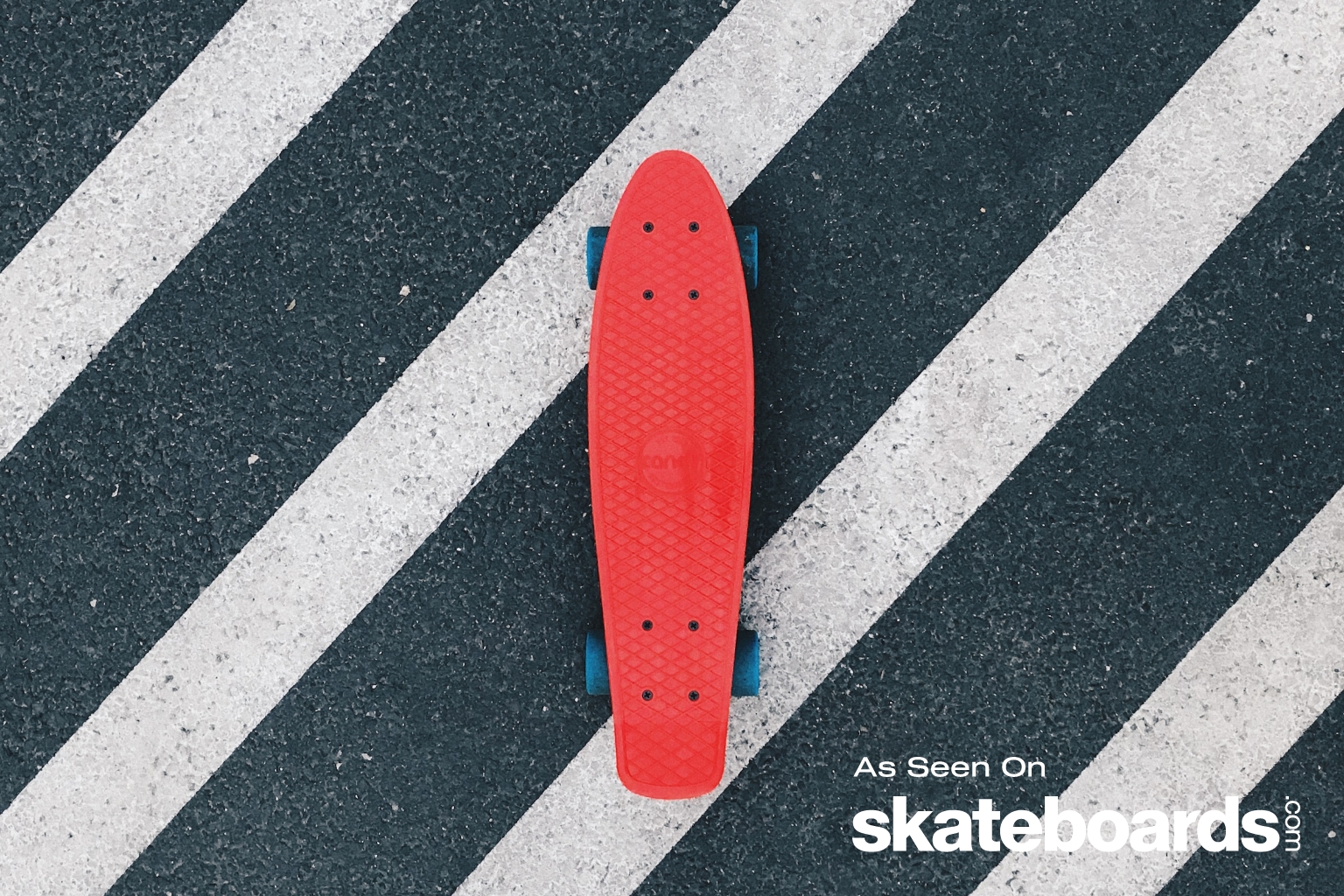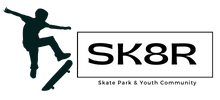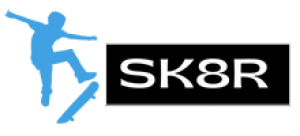
If you’re a newcomer to the world of skateboarding, you may have noticed that skateboards come in many shapes and sizes. In particular, skateboard decks seem to be available in an endless variety of styles, ranging from short to long, wide to narrow, and every combination in between.
As a beginner, you may be wondering if deck shape matters. It does. Picking the right deck shape for your first skateboard may seem like a difficult task, but it doesn’t have to be. In this article, we explore the different deck shapes for beginners so that you can find the right skateboard for your needs.
A Beginner’s Guide to Skateboard Deck Shapes
When it comes to skateboard decks, one size does not fit all. This is especially true for beginners. Factors like your size, age, athletic ability, and riding style all influence what shape deck is best for you.
Skateboard decks can be identified by certain characteristics. These include:
- Length from nose (front) to tail (rear)
- Width from side to side
- Concave, which is the upward curvature of the board along its edges
- Symmetry between the nose and tail (whether they are similar or different)
Here’s a closer look at the most popular deck shape options for beginner skateboarders.
The Popsicle Deck
This skateboard deck gets its name thanks to its symmetrical shape featuring a blunt nose and tail. This is a versatile, all-purpose deck that is suitable for doing tricks at the skatepark or riding around town. These are the signature characteristics of a popsicle deck:
- It has a uniform width throughout the deck
- The nose and tail are basically symmetrical with blunt, rounded shapes
- The width is typically 7 ½ to 9 inches
- The length is usually around 32 to 34 inches
Beginners will find a popsicle deck to be a solid choice, especially if you have different types of riding in mind. Many modern skateboards feature popsicle decks.
The Cruiser Deck
A cruiser deck, as the name suggests, is designed for calm, cruise riding at an easy pace. Because of its shape, a cruiser deck board skateboard is not suitable for performing tricks or aggressive maneuvers. As far as beginners are concerned, it’s really a great option, especially for commuting or just enjoying some fresh air.
Here are some key features:
- A pointed nose and tapered tail
- Cruiser decks tend to be at least 8 inches wide, to provide riding stability
- Lengths are typically 32 inches and longer
- The wheelbase (distance between the trucks) is longer than other decks and is largely responsible for providing a smooth ride
This deck is designed with straightforward, non-aggressive riding in mind. It is therefore a great choice for beginners who simply want to get from point A to point B and have some fun doing it. However, keep in mind that pairing your cruiser deck with larger, softer wheels is also key to riding comfortably.

The Longboard Deck
Longboard decks are similar in concept to cruiser decks but have a more elongated shape and longer wheelbase. The longer deck of a longboard skateboard offers these benefits for beginners:
- It promotes a wider stance which provides greater riding stability
- This deck is ideal for sweeping turns, long rolls, and downhill rides
- Deck length can vary from 32 to 44 inches
- Deck width ranges from 8 to 10 inches
- Longboard decks are commonly paired with large, soft wheels to maximize riding comfort
One note of caution when it comes to longboard decks is to properly size the skateboard to your height. For instance, a taller person would find a 44-inch longboard safer to ride than a short rider would.
A popular variation of a longboard deck is the drop-through deck. This style features trucks that come up through the deck instead of being mounted underneath the deck. Because of this unique feature, a drop-through longboard has a lower center of gravity which provides better stability for beginners.

The Street/Park Deck
Along with popsicle decks, the street deck is another popular style among skateboarders today. With its narrower, shorter shape, street skateboards are designed for agility. For beginners who love doing tricks on flat ground or at the local skatepark, this deck is the perfect choice.
While the learning curve is a bit steeper because of the shorter wheelbase and narrower deck, this style of skateboard (also known as a park deck) is still fine for beginners. Highlights include:
- The shorter wheelbase provides greater control for riding on ramps, bowls, and ledges
- The narrower deck and more pronounced concave enable sharper turns and easier flipping of the board
- Street decks are similar in form to popsicle decks in that the nose and tail are similarly shaped (they are also known as twin tips).
Any skateboard can be modified to suit the rider’s preferences. In the case of a street deck, switching out the smaller, harder wheels for larger, softer ones can transform this type of board into a smoother ride.
The Old School (Directional) Deck
Another great option for beginner skateboarders is the old school deck. This style is also known as a directional deck–because the shape is asymmetrical, meaning that the nose and tail have very different shapes. These are the signature traits of an old school deck:
- The nose is pointy and the tail tends to be square-shaped
- The deck is very wide – typically 9 inches or so
- The classic deck shape is wider at the nose end and gently tapered toward the tail
Old school decks were popular in the 1970s and 80s when skateboarding was still in its beginning stages itself. The retro styling of old school decks is making a strong comeback and they are a great (and stylish) choice for beginners today. Everyone loves a good nostalgia moment!
Key Takeaways
Choosing the right deck to begin your skateboarding journey depends on a number of factors. But the most important ones to consider are:
- Your size (e.g., height and weight)
- How you plan to ride – leisurely cruising or doing tricks
- Where you plan to ride – on city sidewalks or at a skatepark
As a general rule: the wider the deck, the more stable the ride, but remember that sharp turns may be harder to make and tricks more difficult to perform. The same can be said for deck length. Longer skateboards tend to provide a smoother ride but they are more challenging to turn and flip.
Wherever and however you plan to ride, the perfect deck for your beginner skateboarding needs is out there.
SOURCES:





